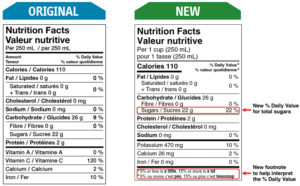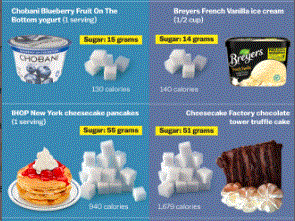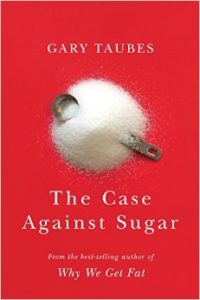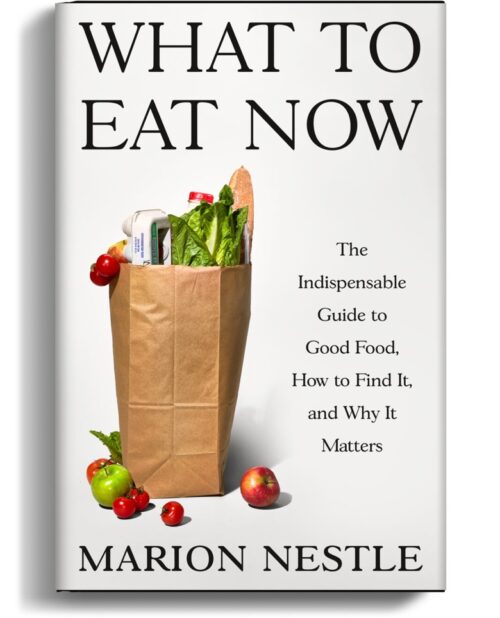Canada’s new food label: some interesting history
Last week I posted this about Canada’s new food label:
- A Canadian study shows that two-thirds of packaged foods sold in Canada have added sugar.
- Canada’s new food label is causing a fuss over the sugar listing because it (a) does not distinguish between intrinsic and added sugars, and (b) sets 100 grams per day as the standard amount. Looks like the Canadian sugar lobby won this one.

I received a note from a reader who sent an article from the Canada Gazette giving some of the background for these decisions.
The government did a cost-benefit analysis of the then-proposed label:
Costs were estimated based on the inclusion of all regulatory options that were presented during consultations (i.e. the U.S. approach for added sugar, mandatory inclusion of vitamin D in the NFt). Stakeholders indicated that the cost would be a maximum of $727.1 million and with the removal of outliers, $598 million. However, the decision to use a Daily Value approach for sugars instead of added sugars would significantly lower these costs…The coming-into-force period of 5 years was chosen to minimize the cost of implementing the proposed amendments.
How did the Daily Value get to be 100 grams per day, twice the U.S. Daily Value of 50 grams? All it says is:
A DV of 100 g is being proposed for sugar, and the declaration of the % DV for sugar in the NFt would be mandated for all foods.
Food industry politics in action!






